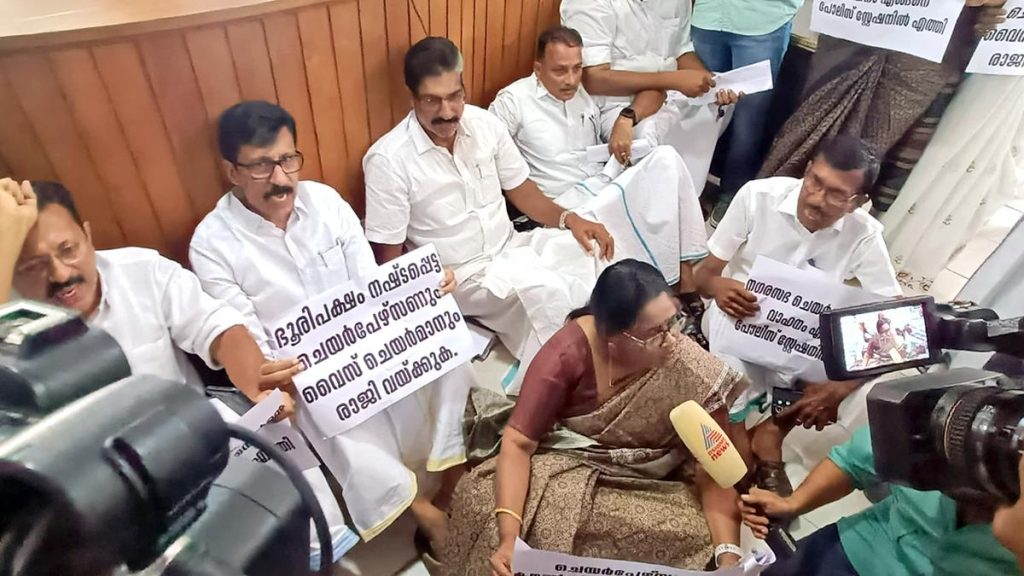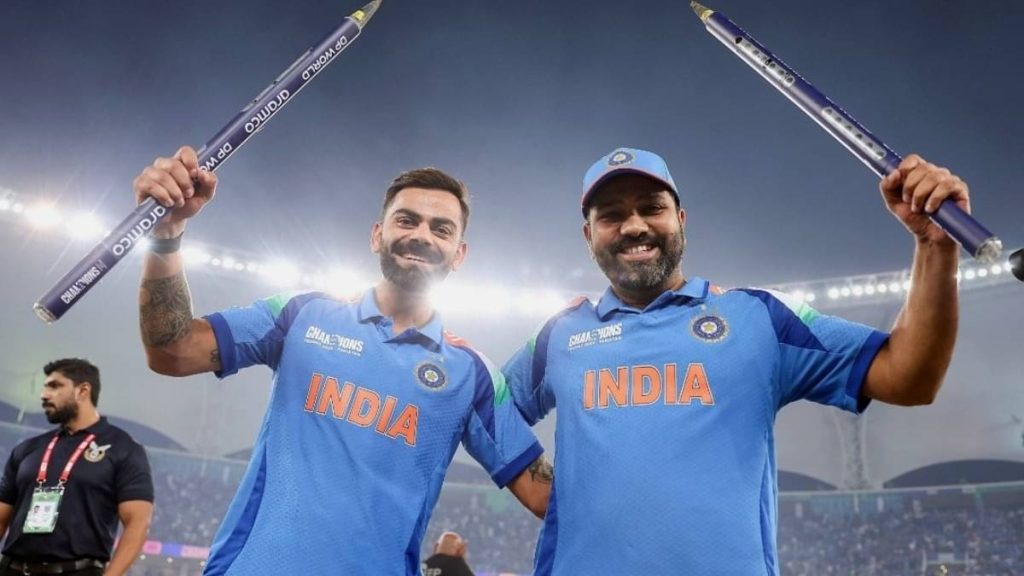Now Reading: Top Telescopes for Kids 2025: Ignite Young Astronomers’ Passion for Stargazing
-
01
Top Telescopes for Kids 2025: Ignite Young Astronomers’ Passion for Stargazing
Top Telescopes for Kids 2025: Ignite Young Astronomers’ Passion for Stargazing

Quick Summary
- The article discusses various telescopes suitable for children, categorizing them based on different criteria like age, affordability, portability, adn uses in astronomy.
- Featured products include:
– Best Overall: Celestron Inspire 100AZ – Lightweight and designed for kids passionate about astronomy.
– Best Budget: Hexeum AZ50070 – Affordable beginner telescope with decent lunar viewing capabilities.
– Best Tabletop: Celestron FirstScope 76 – Compact design targeted at young newcomers to stargazing.
– Best for Lunar Views: NASA Lunar Telescope – Inexpensive option for observing the moon’s surface.
– For Young Children: Leapfrog Magic Adventures Telescope – educational and user-friendly introduction to astronomy for preschoolers.
– Teen Options: Celestron AstroMaster70AZ offers easy-to-use quality optics ideal for teenage beginners.
- Many of these telescopes come with features like smartphone holders or astrophotography options and provide varied magnification levels tailored to novices.
Image Credits: Several images are displayed alongside recommendations including examples such as a father-daughter duo using a telescope.
Indian Opinion Analysis
Telescopes designed specifically for children offer a grate educational opportunity by introducing scientific exploration at an early stage while nurturing curiosity about space-a topic that is globally compelling yet underexplored in many Indian households due to lesser access or exposure compared to western counterparts.
India has consistently emphasized science education through initiatives like ISRO’s student engagements (e.g., young Scientist Programs). Products like these child-focused telescopes complement such efforts, fostering practical interest in space exploration beyond theoretical academic learning.
Moreover,considering India’s diverse economic background,affordability becomes pivotal; budget options highlighted here could encourage wider adoption even among rural families or schools seeking low-cost tools accessible enough but impactful enough towards bridging gaps between urban-rural educational disparities.
These tools also hold significant promise under India’s expanding focus on private entrepreneurship in STEM industries-developing local adaptations of similar affordable devices tailored to community schooling projects can further democratize the field aligning aspirations toward grassroots innovation systematic preparedness shaping future astro-science career pathways nationally!Quick Summary:
- The Indian Space Research Organisation (ISRO) announced successful landmark achievement in which the Chandrayaan-3 rover landed on the Moon’s south pole.
- This is a global first for lunar exploration, as no other nation has reached this region of the moon before.
- Chandrayaan-3’s Lander carried out scientific experiments related to soil properties and temperature measurements, aimed at expanding humanity’s understanding of lunar conditions.
- ISRO revealed preliminary data about thermal characteristics that will be analyzed further in their labs.
Indian Opinion Analysis:
India’s landing of Chandrayaan-3 at the Moon’s South Pole solidifies its position as a progressive space-exploration nation. Crossing technical challenges many others failed bolsters credibility with potential international partnerships especially those focused NASA/ESA’s collaborations . scientific Outputs values economic benefits
Quick Summary:
- Vaonis Hestia Telescope:
– A lightweight, smartphone-powered telescope featuring optical components only.
– Unique design allows live sky viewing via a smartphone screen.
– Ideal for family use and solar eclipse viewing due to safety features.
– no onboard electronics; relies entirely on your phone’s camera to function, making it futureproof.
- leapfrog Magic Adventures Telescope:
– Designed for preschool-aged children (3-7 years), combining educational toys with real astronomy functionality.
– Features include a digital screen and built-in camera for astrophotography.
– Lightweight but plasticky build; powered by AA batteries.
- Celestron AstroMaster 70AZ Telescope:
– A budget-friendly achromatic refractor telescope designed for teenagers to explore stargazing at an entry level.
– Offers good views of the moon and planets but limited capability with deep-sky objects due to its small aperture ratio (f/13).
Indian Opinion Analysis:
India’s burgeoning interest in STEM fields can be further fostered by accessible tools like these telescopes tailored to various age groups and skill levels, encouraging young learners toward scientific curiosity early on in life. The vaonis Hestia stands out as an innovation blending simplicity with modern technology-an approach that could inspire broader adoption in Indian schools or rural outreach programs where resources are scarce yet smartphones are common.
Products such as LeapFrog’s Magic Adventures Telescope emphasize educational engagement among younger children through play-based learning, which aligns neatly with India’s need for redesigning classrooms into inquiry-driven environments under NEP reforms.the Celestron AstroMaster appeals to teenage users transitioning into independent explorations of science-a market that India has steadily nurtured through national hobby clubs and initiatives like Vigyan Prasar’s amateur astronomer programs.For educators or parents seeking affordable options fostering India’s space exploration ambitions at grassroots levels while weaving inclusivity across demographics, these innovative telescopes serve compelling benchmarks globally worth considering locally.
Read morequick Summary
- The article reviews the Celestron AstroMaster 70AZ, a beginner-friendly refractor telescope designed for kids and teens.
- Highlights:
– Offers natural-colored views of nearby objects like Saturn and Jupiter’s moons, with reduced chromatic aberration.- Less effective for deep-sky observations due to its low focal ratio.
- Design includes a pan handle with clutch which secures the telescope but lacks precision,requiring patience from users.
- Comes with accessories: two eyepieces (10mm & 20mm), erect image star diagonal, Starpointer finderscope, and Starry Night Basic software download.
- Ideal for older kids or teens starting astronomy as it is budget-priced and easy to set up.
- Compared against various telescopes suitable for children in terms of design, ease of use, price range ($100-$300 options), target age groups (preschoolers to teenagers), and functionality.
Indian Opinion Analysis
The Celestron AstroMaster 70AZ showcases how affordable telescopes can ignite interest in astronomy among young learners while sparing families unnecessary expenditure on advanced models. Its ability to provide clear lunar and planetary views makes it especially suitable for users residing in Indian cities where light pollution frequently enough limits visibility of faint celestial objects. This focus aligns well with India’s growing emphasis on STEM education through accessible tools.
Even though deep-sky observation remains limited on such models due to their low focal ratio, this entry-level device serves as an excellent stepping stone into astronomy without overwhelming users. For India’s young population exploring hobbies that foster curiosity about science might bolster more long-term interest in space programs like ISRO initiatives or stargazing clubs across urban centers.
The importance given to ease-of-use features-including stability provided by the clutch mechanism-addresses challenges faced by beginners navigating tricky setups or aiming processes during family sky-viewing outings common to many households across India.




























